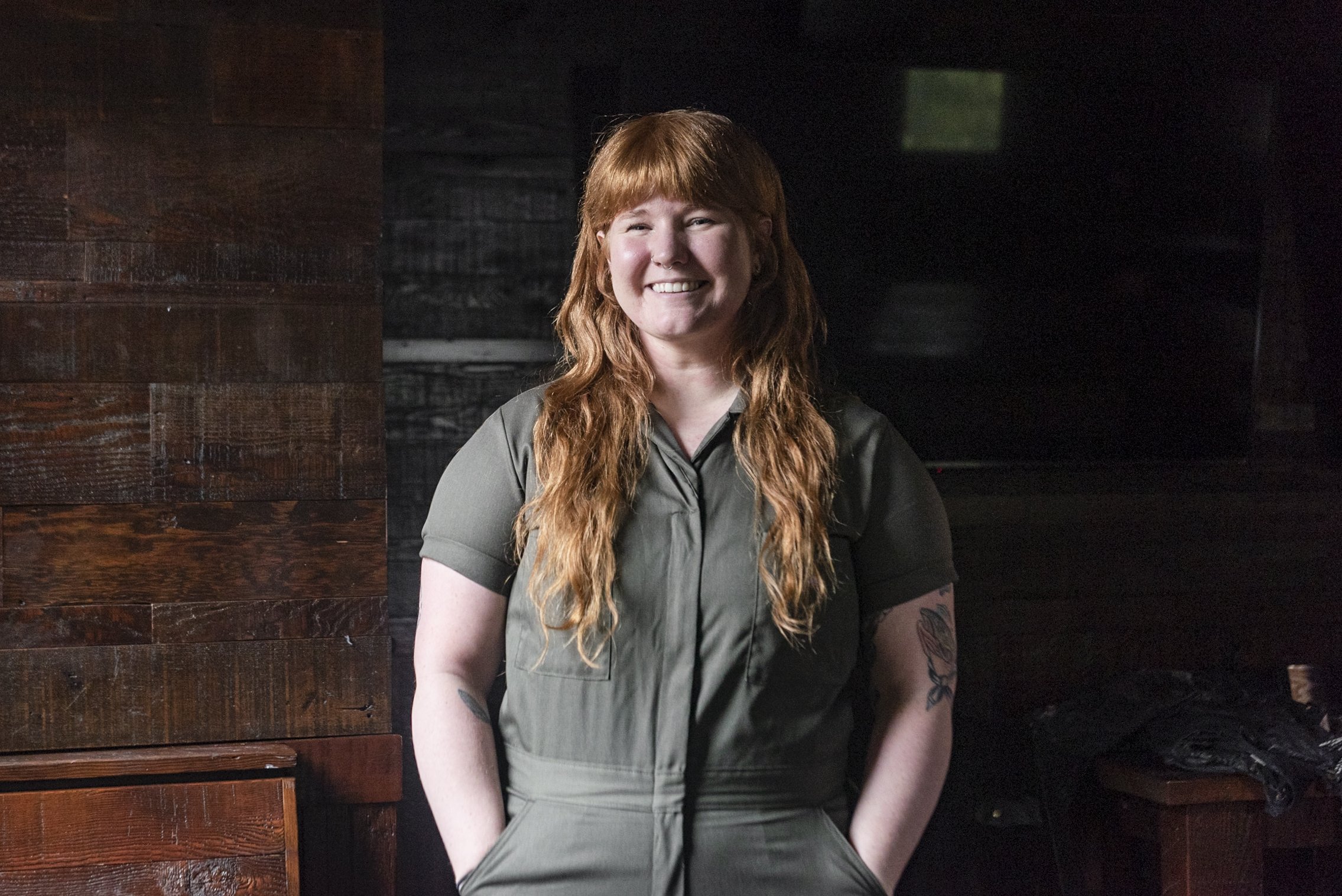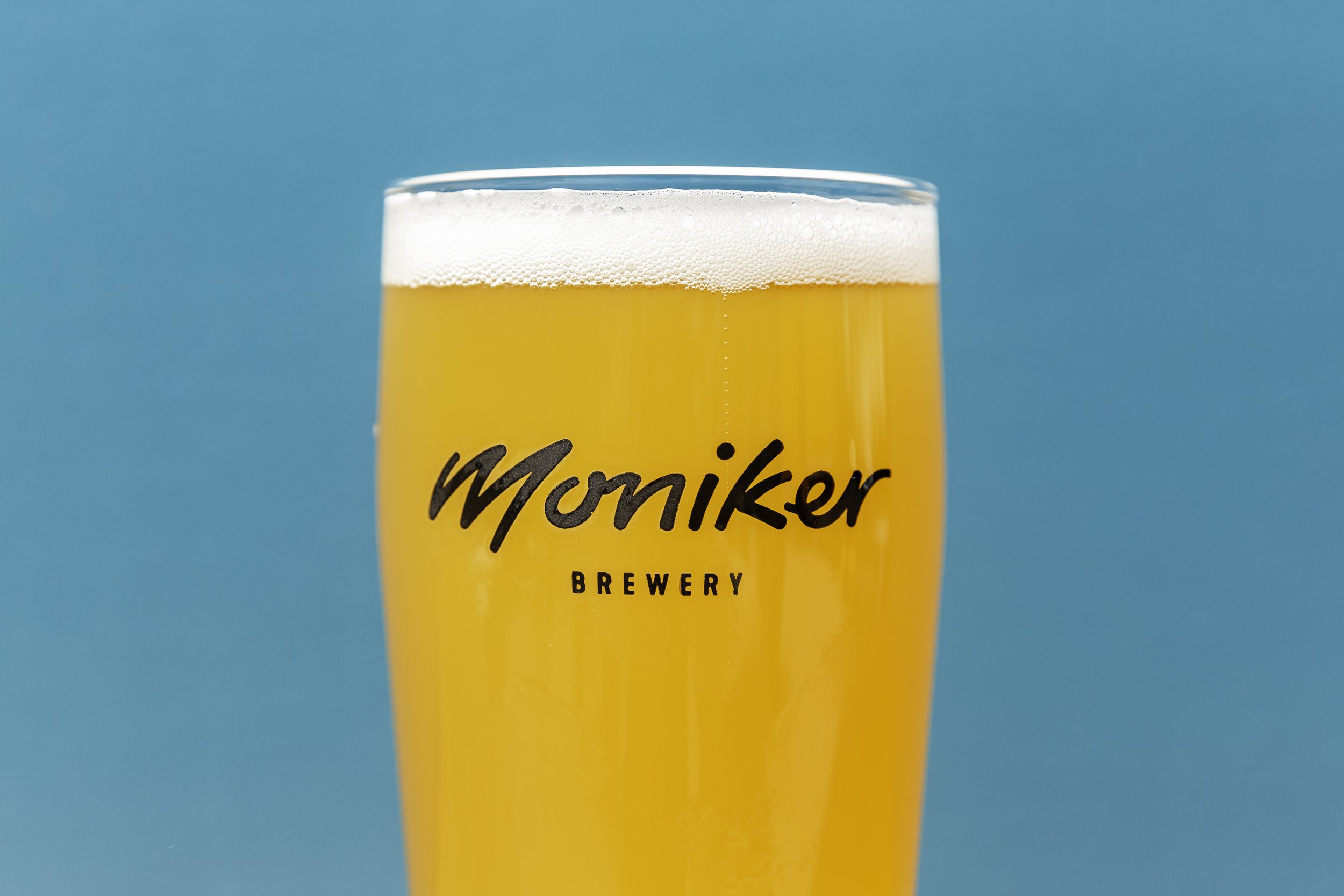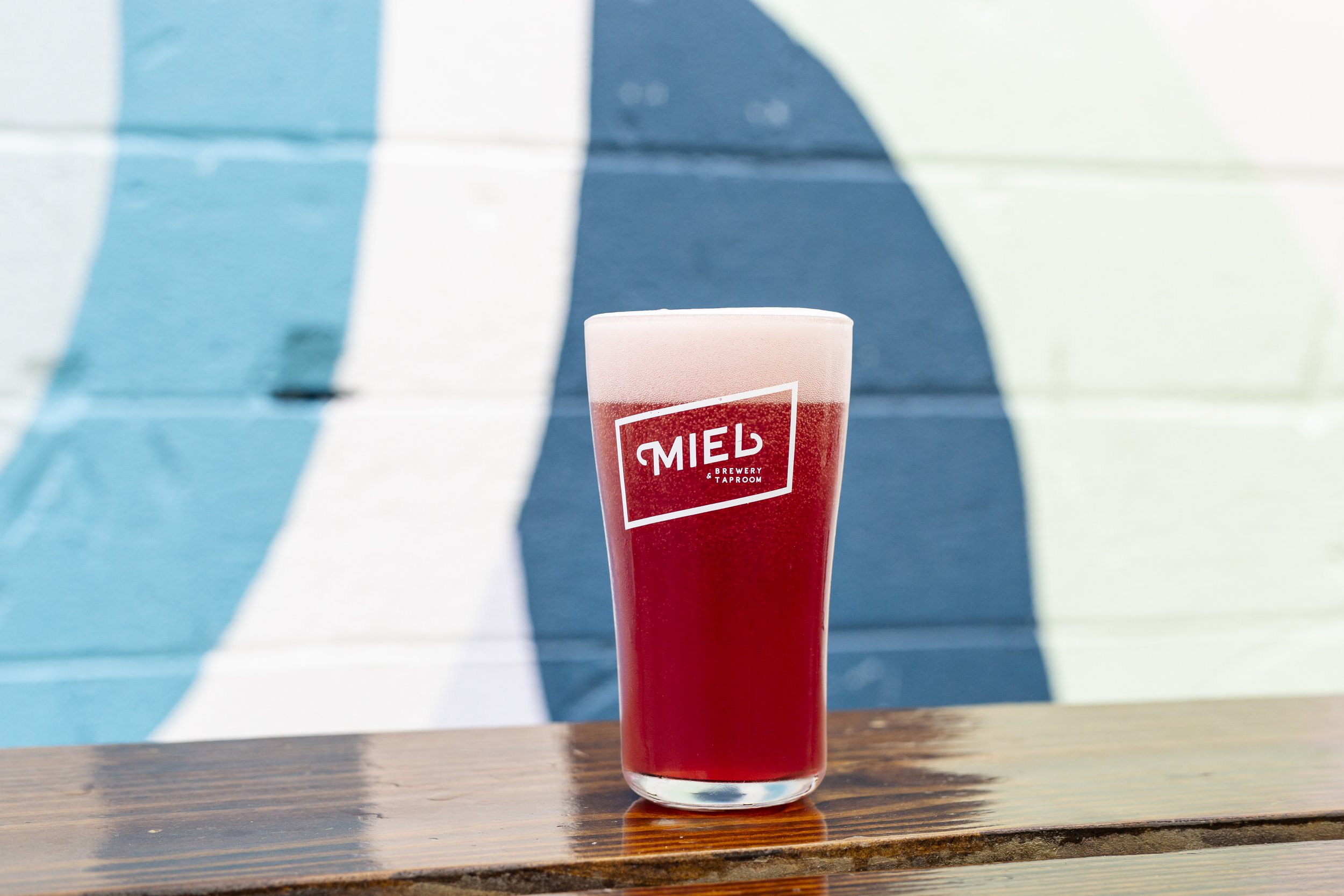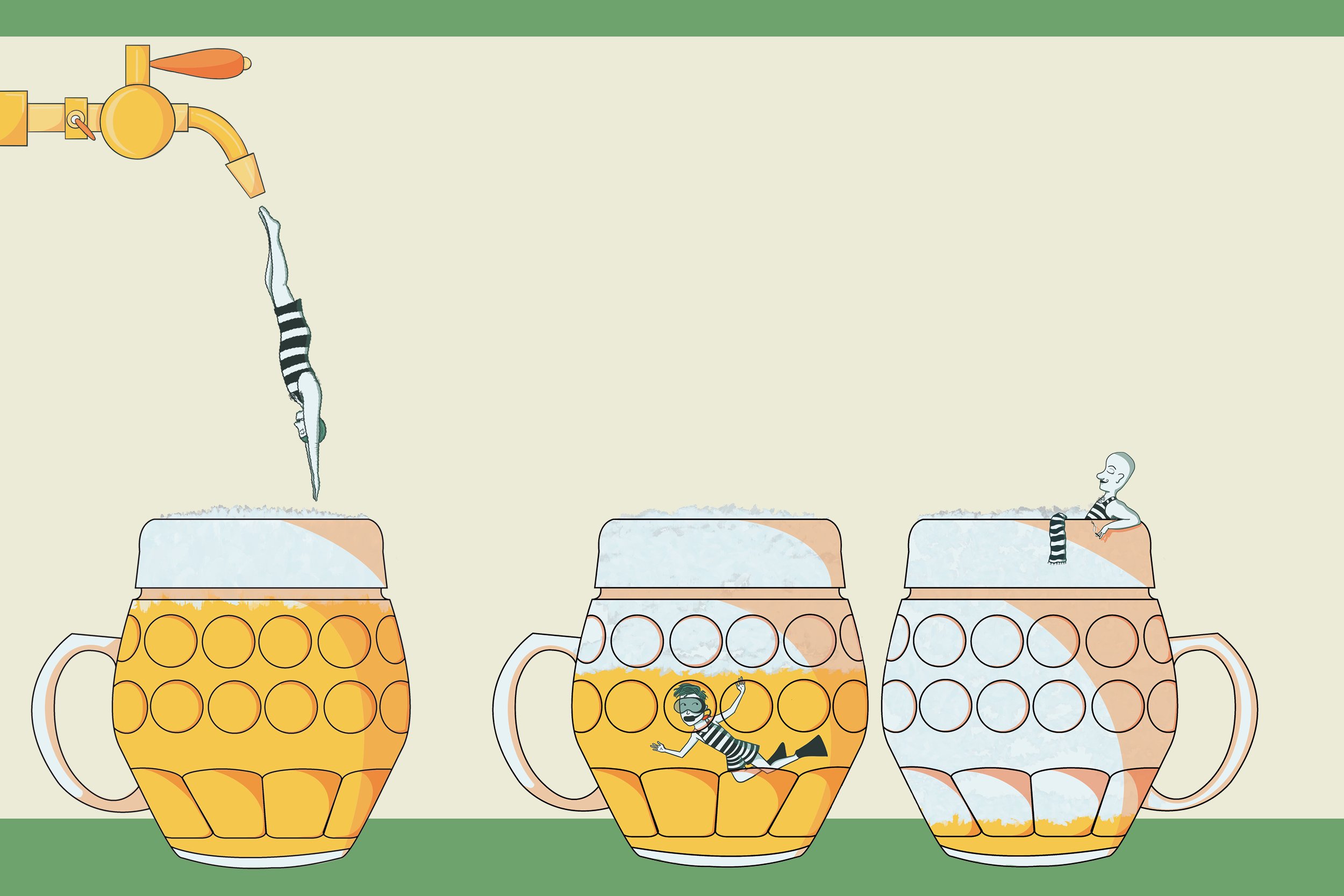Get Real (Ale)
Brewer Anna Buxton of Steeplejack Brewing Company makes a case for preserving an English brewing tradition.
Brewer Anna Buxton of Steeplejack Brewing Co. | Photos: Will Blunt
When it comes to beer making, we can point at specific rules for what is and is not Kölsch or a Framboise. And when a brewer makes these beers successfully, it’s all because of the brewer’s skill. But, if you make a delicious Highland-Style Wee Heavy, an English-style real ale, it’s suggested that the brewer just got lucky. This mindset is a result of long-held biases against real ale brewing practices and I, along with other real ale brewers in the US, strive to keep this tradition alive, and encourage other brewers to explore its potential.
British brewing, which includes Scotland, Wales, and England, is part of a wider Celtic tradition that uses bitter herbs like heather, myrtle, and broom as a preservative. The Dutch introduced hops to the British Isles in the 15th century, creating the distinction between unhopped ale and hopped beer. New styles of British beer emerged in the following centuries to quench the thirsts of laborers and colonists throughout the Empire. Porter was one of the first beers ever produced at an industrial scale and became hugely popular amongst working-class Londoners. India Pale Ale and Imperial Stout marked the beginning of a global beer trade for English brewers.
English beer, rather than being region specific like German beer (think Vienna Lager, Leipzig Gose, and Munich Dunkel), tends to be style-specific based on ingredients and intention for the product, which is easiest described in the scale of bitterness, ranging from ordinary (3.2%-3.8%) to extra special (4.6%-6.2%). Beer styles are more defined by impression and drinkability, rather than hard and fast rules. This puts the power of the final outcome in the hands of the individual brewer, which can make stepping into this style hard.
At Steeplejack Brewing, we make real ale, a beer made using traditional ingredients, matured by secondary fermentation in the same container it’s dispensed, and served without any added carbon dioxide. When it comes to yeast selection, there are tons of subtle and nuanced differences between cask yeast varieties and I encourage brewers to try different yeasts to find the flavor that best aligns with your recipe writing and brewing style. More noticeable, delicate flavors from whole cone and richer malt complexity from floor malting shine in real ale, and speak to the wild and deeply holistic roots of English brewing tradition. Because the beers start so small and build into bigger versions of themselves, the nuance of agrarian customs are not lost on these beers. Real ale is specific to the UK, and is very important to the conservation of historical brewing sites and techniques.
SteepleJack’s Alewife, English Dark Mild Ale
Successful real ale boils down to quality cellarmanship. A lot of the techniques and protocol, however, are passed down from master brewer to apprentice rather than in writing, which means that real ale brewing has become a dying art. There is a large amount of magical thinking when it comes to cask-conditioning and real ales, especially when compared to other natural carbonation traditions in Germany and Belgium. This has caused some bias against real ale and English beer. Critics tend to think that real ale is ‘less than’ other beer styles because of its less defined nature.
It's collectively our responsibility as real ale brewers to make top notch real ale and introduce it to people so they know to ask for it and what to expect, which in turn allows us the luxury of brewing it more often. If you keep in mind the spirit and intent of the beer, and take care with your ingredient handling, it can be a poetic and ancient process that’s both timeless and exciting.







